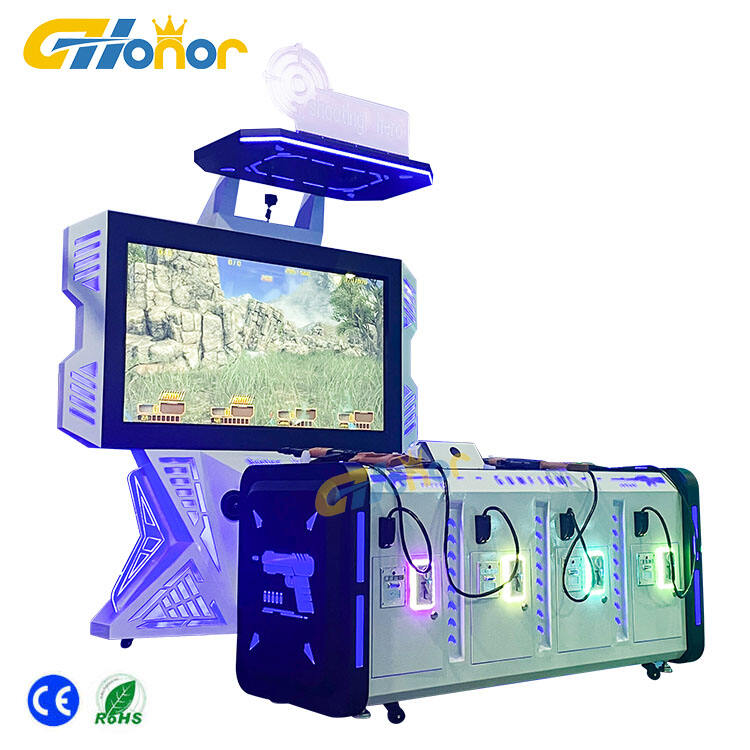A popular arcade machine is a highly sought-after entertainment device known for its ability to attract and retain players, consistently drawing crowds in arcades, family entertainment centers, and other leisure venues. Its popularity stems from a combination of engaging gameplay, intuitive controls, and broad appeal across age groups, making it a staple in successful gaming environments. These machines often feature timeless or trending concepts that resonate with diverse audiences, from classic games like Pac-Man and Street Fighter to modern hits like dance simulators or virtual reality experiences. The gameplay is designed to be easy to learn but challenging to master, creating a balance that encourages repeat play—casual players can enjoy quick sessions, while enthusiasts strive to improve their skills or achieve high scores. Popular arcade machines typically incorporate immersive sensory elements, such as high-definition displays, surround sound systems, and dynamic lighting, which enhance the gaming experience and draw attention in busy venues. For example, racing simulators may feature vibrating seats and steering wheel controls that mimic real driving, while rhythm games use motion sensors to respond to players’ movements, creating a physically engaging experience. Accessibility is another key factor, with controls that are intuitive and responsive, requiring minimal explanation. Whether it’s a joystick, buttons, or a touchscreen, the interface is designed to be immediately understandable, allowing players of all skill levels to jump in and play. Multiplayer functionality also contributes to popularity, as games that allow friends or strangers to compete or collaborate foster social interaction, turning a solo activity into a shared experience that encourages longer play sessions. Visual design plays a significant role, with eye-catching artwork, characters, or themes that align with current trends or nostalgic preferences. A popular arcade machine may leverage licensed content, such as characters from movies or video games, to tap into existing fan bases, or feature original concepts with strong visual identities that stand out in a crowded venue. Operators value popular arcade machines for their ability to generate steady revenue, as high player demand translates to frequent use and increased earnings. Manufacturers often update these machines with new features, levels, or content to maintain their appeal, ensuring they remain relevant as gaming trends evolve. Whether through classic gameplay, innovative technology, or social engagement, a popular arcade machine continues to be a cornerstone of successful arcade operations, providing enduring entertainment value for players and profitability for operators.
